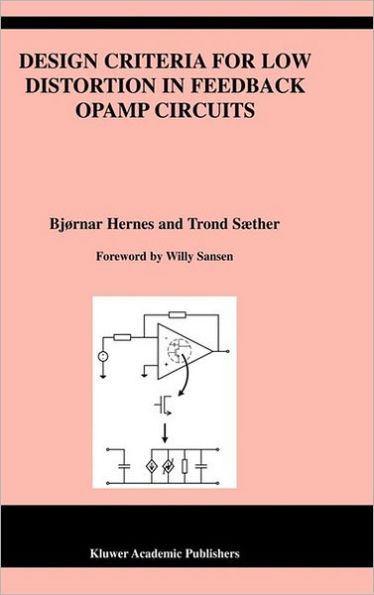The biasing of each transistor in the circuit is a major issue and is addressed in this work. It is important to bias the transistor such that the distortion is low and stable in the entire range of its terminal voltages. This will ensure high linearity and robustness against variations in circuit conditions such as power supply voltage, bias current and process variations.
Design Criteria for Low Distortion in Feedback Opamp Circuits is written for .
The biasing of each transistor in the circuit is a major issue and is addressed in this work. It is important to bias the transistor such that the distortion is low and stable in the entire range of its terminal voltages. This will ensure high linearity and robustness against variations in circuit conditions such as power supply voltage, bias current and process variations.
Design Criteria for Low Distortion in Feedback Opamp Circuits is written for .

Design Criteria for Low Distortion in Feedback Opamp Circuits
160
Design Criteria for Low Distortion in Feedback Opamp Circuits
160
Product Details
| ISBN-13: | 9781402073564 |
|---|---|
| Publisher: | Springer US |
| Publication date: | 01/31/2003 |
| Series: | The Springer International Series in Engineering and Computer Science , #720 |
| Edition description: | 2003 |
| Pages: | 160 |
| Product dimensions: | 6.30(w) x 9.45(h) x 0.02(d) |
